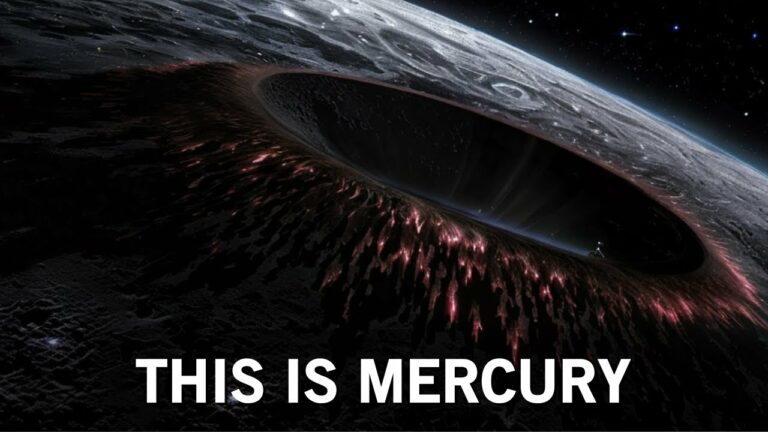What Did NASA Discover in Latest Photos from Mercury?
Mercury is the smallest planet in our solar system, located closest to the Sun.
It is a rocky, terrestrial planet with several unique characteristics:
- Size and Location: Mercury is about 4,880 kilometers (3,032 miles) in diameter, making it the smallest of the eight planets in our solar system. It orbits the Sun at an average distance of approximately 57.9 million kilometers (36 million miles), making it the closest planet to the Sun.
- Extreme Temperatures: Mercury experiences extreme temperature variations due to its lack of a significant atmosphere to trap heat. Daytime temperatures on the planet’s surface can soar to around 430 degrees Celsius (800 degrees Fahrenheit), while nighttime temperatures plummet to as low as -180 degrees Celsius (-290 degrees Fahrenheit).
- Surface Features: The planet’s surface is heavily cratered, resembling the Moon in many ways. It has vast plains, rugged terrains, and tall cliffs, known as scarps, that were formed by the planet’s cooling and contracting interior.
- Thin Atmosphere: Mercury has a very thin exosphere, primarily composed of trace amounts of helium, hydrogen, and oxygen. This thin atmosphere cannot support human life and does not significantly affect the planet’s surface conditions.
- Lack of Moons: Unlike many other planets in our solar system, Mercury does not have any moons or natural satellites.
- Exploration: Several spacecraft have been sent to study Mercury up close, including NASA’s MESSENGER (MErcury Surface, Space ENvironment, GEochemistry, and Ranging) mission, which provided valuable data about the planet’s surface, composition, and magnetic field.
- Day-Length: Mercury has a unique day-night cycle. It takes approximately 59 Earth days to complete one rotation on its axis, but its orbit around the Sun takes only about 88 Earth days. As a result, a day on Mercury (one rotation) is longer than its year (one orbit around the Sun).
In summary, Mercury is a small, rocky planet with a harsh environment characterized by extreme temperatures and a barren, cratered surface. It has been the target of several space missions aimed at unraveling the mysteries of this enigmatic world.
For a long time, the tiny planet, which is smaller than the system’s largest moons, was considered unreachable by a probe. It wasn’t until the 1980s that an engineer had the crucial idea that made a probe to Mercury possible after all. In 2011, Messenger reached Mercury.
But what did we find there? Was it worth the effort and why was it impossible to send a probe to this planet for so long?
Do not forget to share your opinion with us to provide you with the best posts !




0 Comments